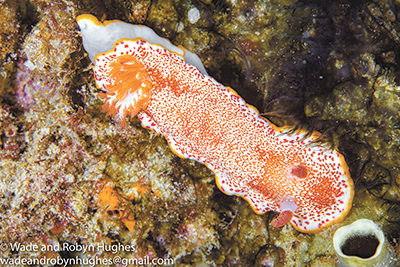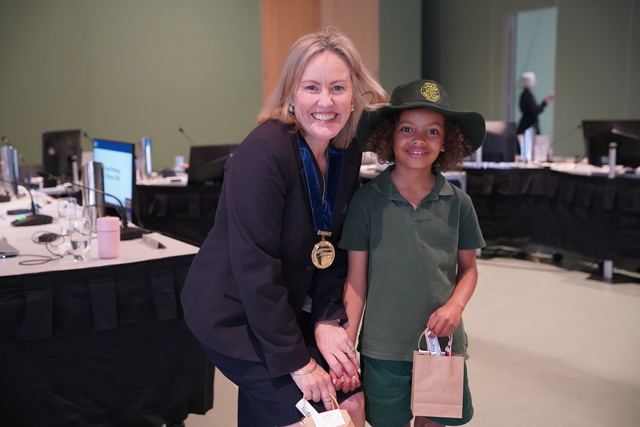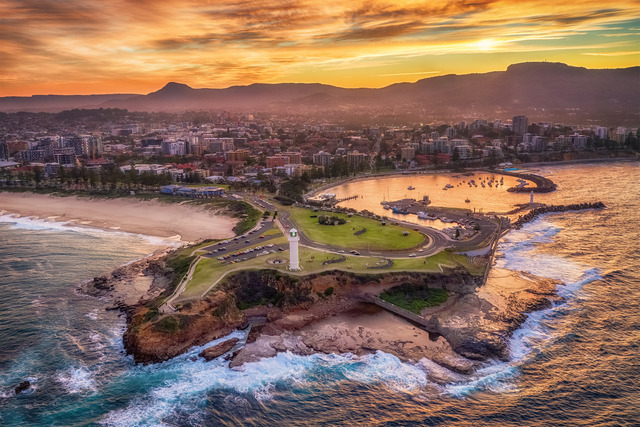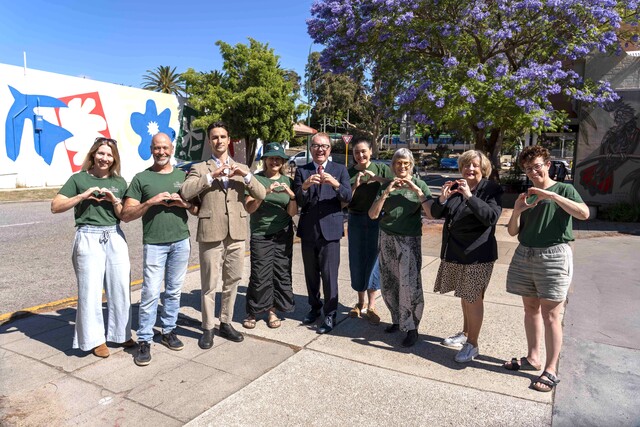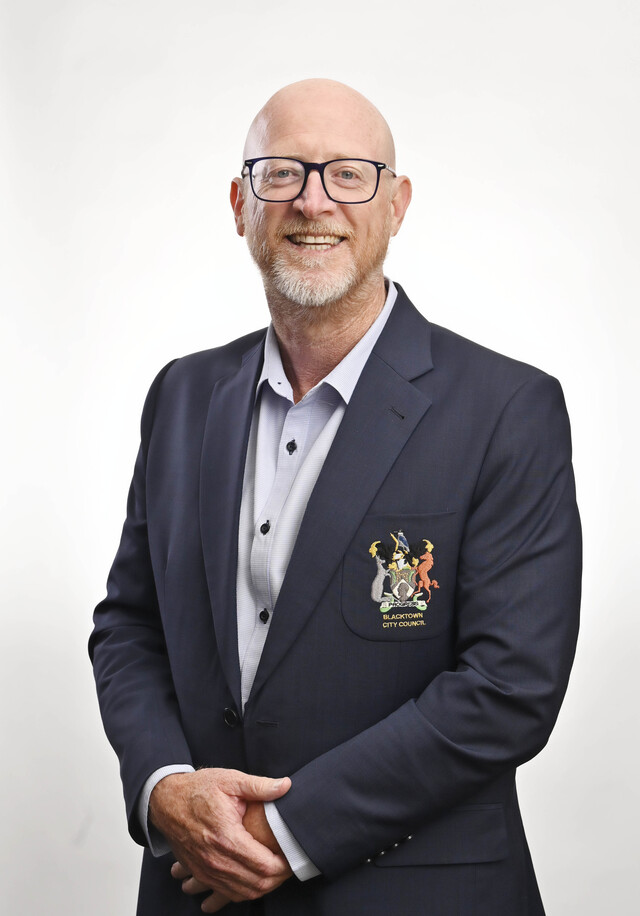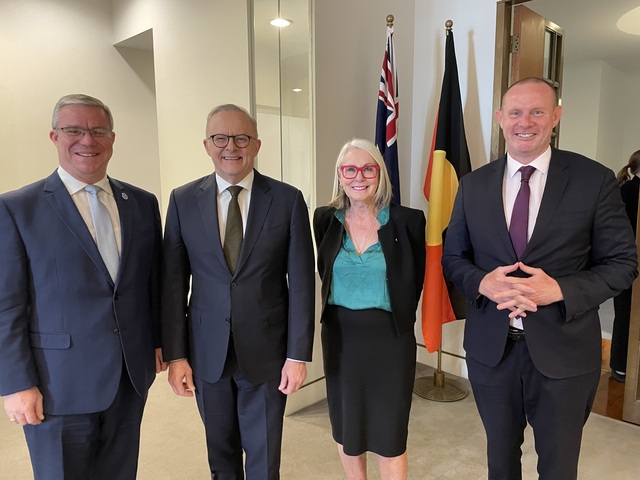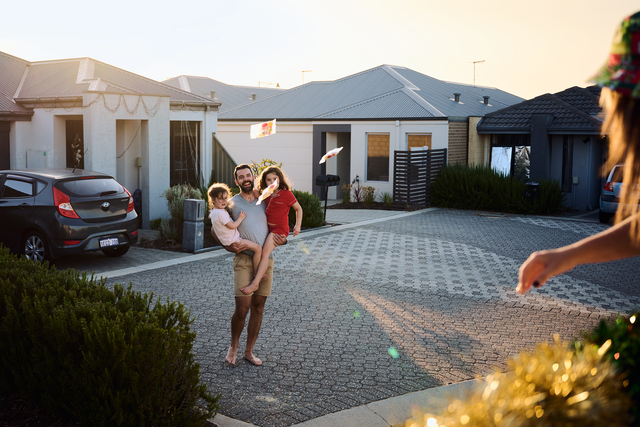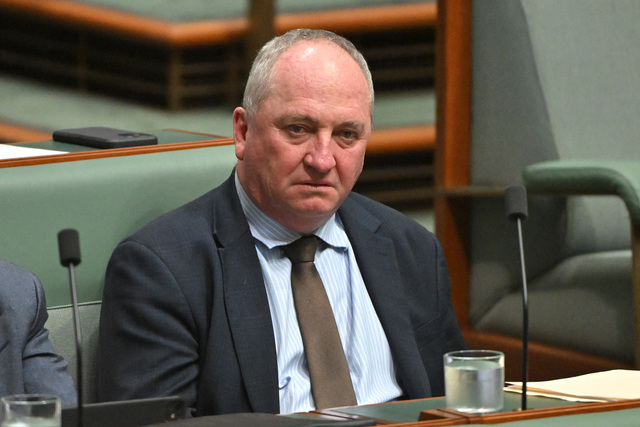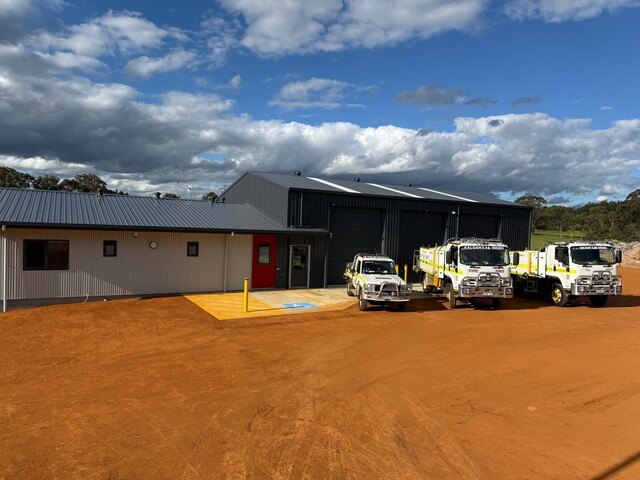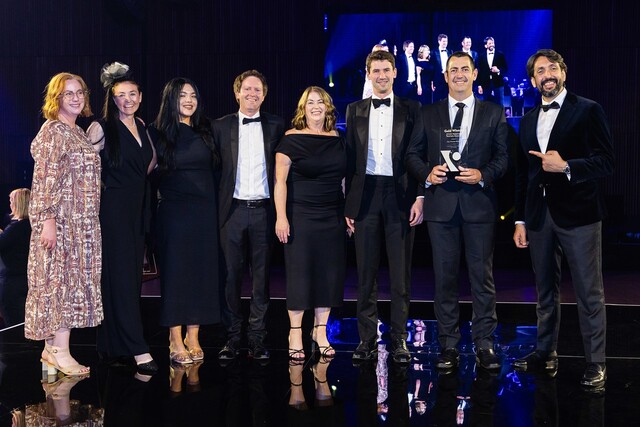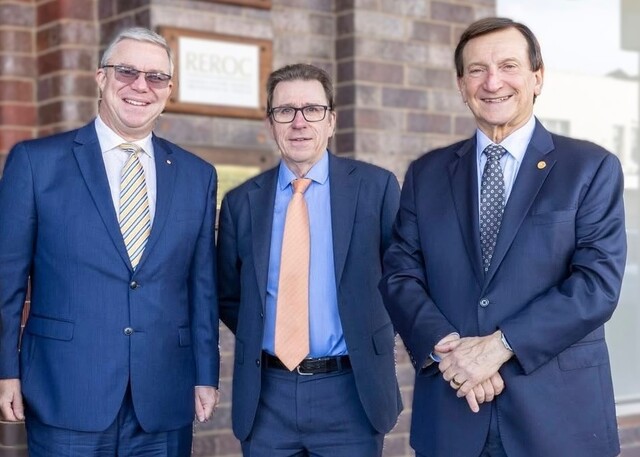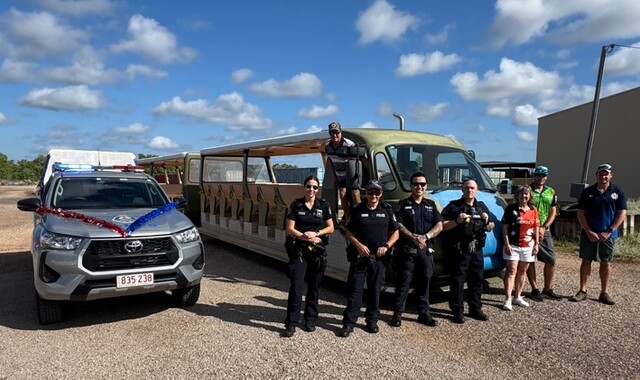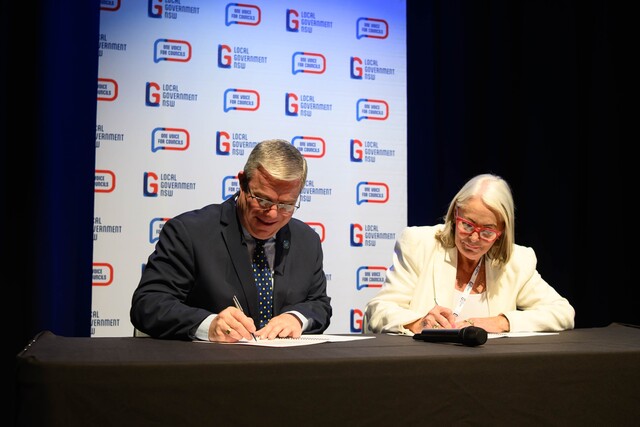The City of Cockburn has received a $78,000 Lotterywest grant to help build the $300,000 Coogee Maritime Trail.
At 230m long and between 1-8m deep, the trail is perfect to snorkel and scuba dive as larger fish species are attracted to the 5m tall reef temple which includes a swim-through section.
It took just a few short months for life to take hold on the 34 underwater sculptures that make up the Trail.
University of Western Australia Biological Science Master’s candidate, Matt Hammond (25), spent 12 months studying the reef as part of his marine biology postgraduate studies.
He donned scuba gear to dive on the trail for the first time in May 2016 and after many journeys below, including boat deployments of remote underwater stereo video systems, Matt’s observations will now form a baseline for future studies on the reef’s colonisation.
The invertebrates Matt observed on the reef structures are similar to those that have called the historic 1858-built Omeo steam ship wreck – the dive trail’s centrepiece – home since it was blown ashore in a storm in 1905.
They include colourful creatures popular with recreational divers such as snails, oysters, fan worms, coral, octopus, cuttlefish and colourful nudibranch molluscs.
These animals are the rapid colonisers of the underwater world but as the reef establishes the slower colonisers will take hold transforming the reefscape, encouraging a diversity of fish species to seek shelter in the shallow bay.
Fish species observed at the reef during his study included Australian salmon, juvenile baldchin groper, fan-bellied leatherjacket, dusky and crested morwong, skipjack trevally and flathead.
The Trail includes underwater educational signage, a universally accessible trail along Port Coogee pathways featuring maritime artefacts, fibre reinforced plastic access stairs over the limestone breakwater, and a shipwreck viewing platform.

